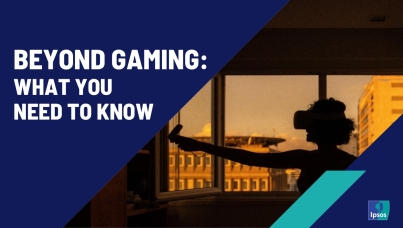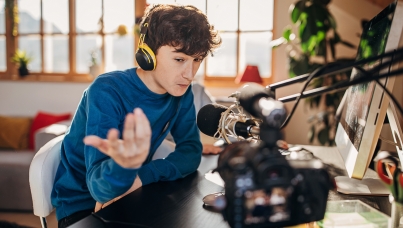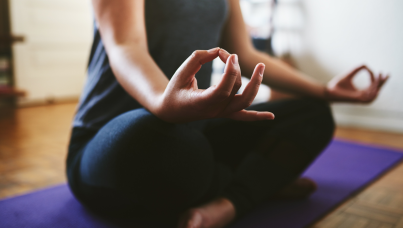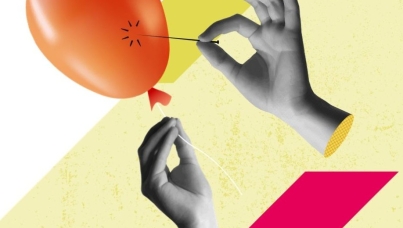What Makes Nuanced Portrayal? Avoiding the unconscious stereotype trap
Over the last few years many brands and businesses have been compelled to act, increasing their efforts to achieve greater inclusion and authentic representation within their teams, practices and communications.
Within the media industry, many media outlets have embarked on their own reflective journeys, challenging the role that media has played in perpetuating prejudice and inequalities. Through media content, audiences are given access to depictions of people, places and experiences that help shape their understanding of individuals, society, and the world around them.
In this piece, we explore the findings from research conducted for the BBC, BBC Studios and UKTV into stereotypes in media portrayals and implications for content creators committed to greater inclusion across the UK. Here we will present learnings designed to empower and equip media and tech brands to provide informed and nuanced representation, with a view to positively contributing to moving our industry’s understanding of these topics forward.
For more on the topic of Diversity and Inclusion research with guidelines on inclusion within content, please read our partner paper: Language Matters: Good practice for representing diverse identities, or explore the BBC Creative Diversity Toolkit.
Methodology
This research was conducted between April and September 2021 by Ipsos, commissioned by the BBC, BBC Studios and UKTV. A literature review and multiple stakeholder workshops were followed by a Semiotic analysis of 42 titles and qualitative online communities over a 3-day period with 92 participants (split evenly across eight ethnic groups - Black African, Black Caribbean, Indian, Pakistani, Bangladeshi, Chinese, Mixed Heritage, White British - and balanced across Age and Gender, as well as being split by– Regionality, Disability, Social Class, Sexual Orientation & Gender Identity/Expression).






